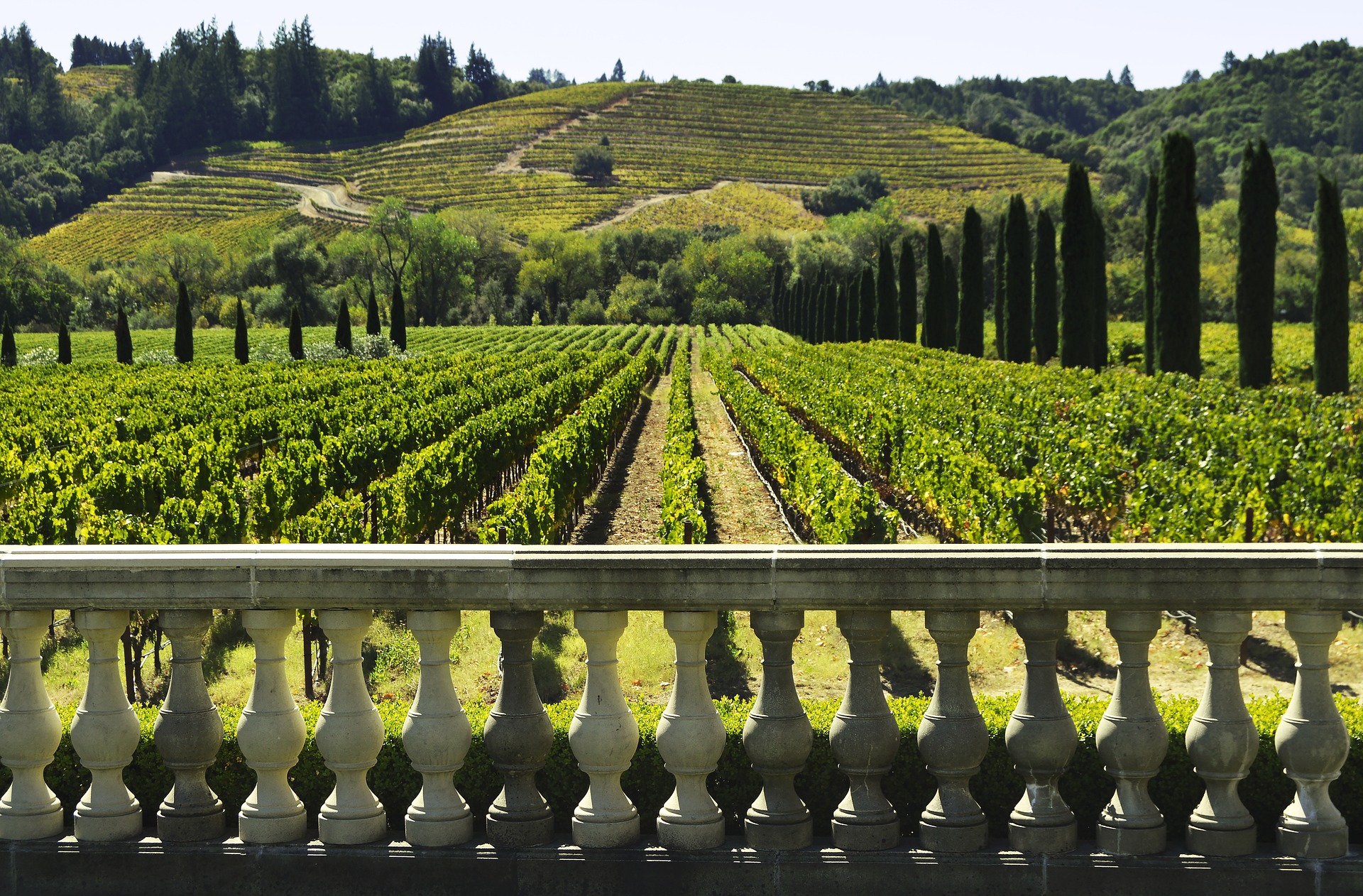The wine making process is actually a very simple task to perform as long as you have the right resources and substantial knowledge to carry on the production from start to finish.
The Wine Making Process
There are salient stages and methods involved in wine making that facilitates wine production and determines the quality of wine created. No matter what type or kind of wine you wish to make, the following procedures are basic and fundamental for all wine making process.
o De-stemming the grapes. The process of removing the grapes from its clustered stems or shoots is what you mean with the term to de-stem the grapes. After this initial step, grapes are then placed inside containers or pressers where the grapes are crushed into pastes that eventually produce wine must or the extracted liquid from the grapes prior to the fermentation process. The pomace and the wine must when mixed and let stand for a certain period of time in vat containers along with its contact with other components like grape pulp and skin gradually influences the quality of wine in the process.
o Adding yeast. Wine yeast is one of the most important components in wine making since it generally facilitates the fermentation process that determines the quality of the end-product. The pomace component of the mixture may be practically used as fertilizer when separated from the liquid content in this particular phase of the production. Winemakers see to it that the wine reaches the required color and sugar content before transferred to another container for the final phase of fermentation.
o Final stage. The culmination of the fermentation process signals the time for the wine to be either bottled or kept for the wine aging stage.
Making White Wine
Grapes are handled carefully to avoid damage when pouring into receiving bins in making white wine. The next process will be to transfer the grapes to the presser to extract wine must and remove all other components like grape skins and other solid components. The must is then transferred to stainless steel vats to ferment right after refrigeration. An important reminder for winemakers is to maintain carefully the temperature of the container during the fermentation process to ensure the quality and aroma of the finished product. When the fermentation process is completed, decanting the wine is the next step before bottling the content either for sale or consumption which is best after a couple of years.
Sweet Dessert Wines
There are two ways for producing sweet dessert wines, the first of which is through using a fungus that quickly grows known as Botrytis Cinera. This component is responsible for the transformation of the wine color, its essence like the acid and sugar level components. The second is through putting alcohol to interrupt the fermentation stage resulting to strong yet sweet tasting wines.
Wine making process is an exciting and rewarding endeavor that most wine enthusiasts and lovers do to quench their passion for this perennial beverage that has touched millions of people throughout the centuries.
Chris Bowman is a grape growing expert. For more great tips on the wine making process and other grape growing information visit overthegrapevine.com.
Article Source: http://EzineArticles.com/3591800
